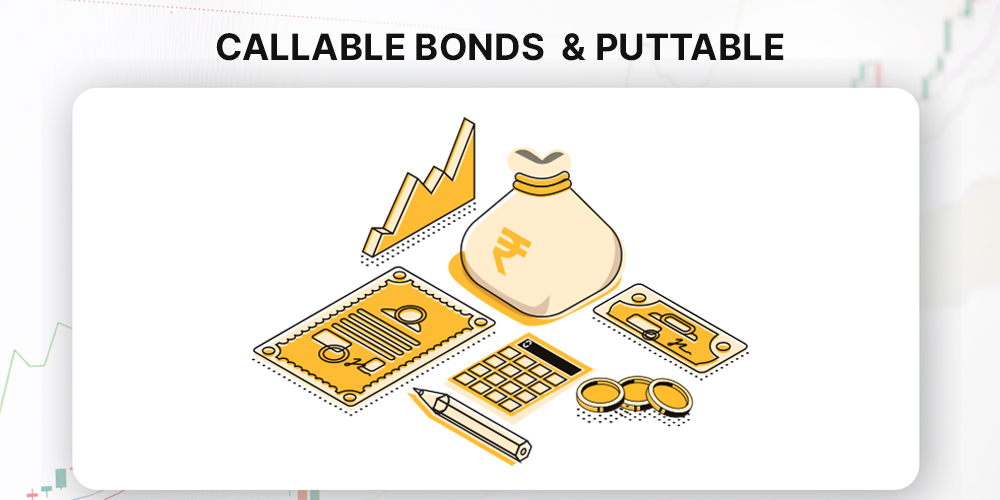| Table of Contents |
|---|
| Introduction |
| What is a Putable Bond? |
| Features of Putable Bonds |
| Benefits of Investing in Putable Bonds |
| Risks Associated with Putable Bonds |
| Example of Putable Bond |
| Conclusion |

Credit: enrichmoney.in
Table of Contents
Introduction
Putable bonds are a unique type of bond in the financial market that provides investors with the option to sell the bond back to the issuer before its maturity date. In this comprehensive guide, we will explore the features, benefits, risks, and provide an example to help you understand the concept of putable bonds.What is a Putable Bond?
A putable bond, sometimes referred to as a put bond or put option bond, is a type of bond that gives the bondholder the right, but not the obligation, to sell the bond back to the issuer at a predetermined price before the bond’s maturity date. This feature allows the investor to “put” the bond back to the issuer and receive the face value or a pre-determined price. Putable bonds are unique compared to traditional bonds because they provide the investor with an exit option before the bond’s maturity. This flexibility can be advantageous to investors, especially in uncertain market conditions or when interest rates are expected to rise.Features of Putable Bonds
Putable bonds have several key features that make them stand out from traditional bonds. Here are some of the important features:- Put Option: The most significant feature of putable bonds is the put option itself. This option gives the bondholder the right to sell the bond back to the issuer before maturity.
- Put Price: The put price is the predetermined price at which the bondholder can sell the bond back to the issuer. It is typically set at the bond’s face value.
- Maturity Date: Putable bonds have a specific maturity date, just like other bonds, which is the date when the bond reaches its full value.
- Interest Payments: Putable bonds may offer periodic interest payments to the bondholders throughout the bond’s life.
Benefits of Investing in Putable Bonds
Investing in putable bonds can provide several benefits to investors, including:- Liquidity: The put option provides investors with the ability to sell the bond back to the issuer, enhancing liquidity compared to traditional bonds.
- Flexibility: Putable bonds offer flexibility, allowing investors to adjust their investment strategy and take advantage of market conditions.
- Protection Against Interest Rate Risk: During periods of rising interest rates, putable bonds provide investors with a safeguard as they can “put” the bond back to the issuer and reinvest at higher rates.
Risks Associated with Putable Bonds
While putable bonds offer various benefits, investors should also consider the following risks:- Premium Pricing Risk: The put feature comes at a cost, which may result in lower yields compared to traditional bonds.
- Issuer Risk: The creditworthiness of the bond issuer is a crucial factor to consider when investing in putable bonds.
- Limited Upside Potential: Putable bonds may have a capped potential for capital gains due to the predetermined put price.
Example of Putable Bond
To illustrate how a putable bond works, let’s consider a hypothetical example. ABC Corporation issues a 5-year putable bond with a face value of $1,000 and a put price of $950. The bondholder has the right to sell the bond back to ABC Corporation at $950 before the bond’s maturity date. If the bondholder decides to exercise the put option, they would receive $950 from ABC Corporation and surrender their bond. This option allows the bondholder to mitigate potential losses or take advantage of better investment opportunities.
Credit: fastercapital.com